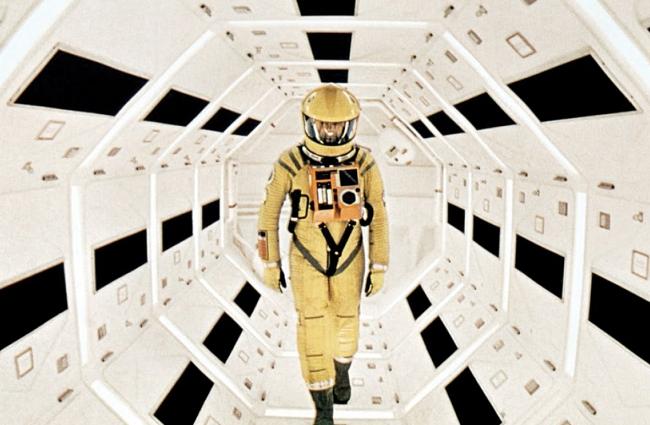Any avid fan of cinema will have noticed how much films have been transformed by technology in the last 40 years. Kubrick’s 2001: A Space Odyssey and Lucasfilms’ Star Wars were significant milestones in the evolution of special effects from the pioneering work of Georges Meliesin the early 20th century to the computer generated Pandoran ecosystem in Cameron’s Avatar.
Twenty years ago, you might have had two to three major ‘blockbusters’ over the course of a year, but today, it seems like there’s a new one released every month. Industry sources report that six films grossed USD 500 million or more in 2005, and the number rose to 15 in 2014. Even adjusting for inflation does not account for the rapid rise of the blockbuster.

Today’s films are loaded with computer-generated graphics, effects that the audience cannot even discern, to create a level of realism unprecedented in cinema history. Sensory impact through 3D and even 4D deliver dramatic immersive experiences. Equally as influential is the change technology is enabling behind the scenes, in how movies are put together and distributed.
Although computer-generated imagery (CGI), stereoscopic 3D, 4K resolution, and high-frame-rate (HFR) production have changed what we see on the screen, technology today is also transforming where, when, and how we experience films. As a result, studios, distributors, and production houses are overhauling their IT infrastructure to manage today`s data-heavy films.
The average production capacity per film is only going to increase. Whereas previously the increased use of CGI and stereoscopic 3D resulted in the average amount of data per film doubling to two petabytes, whereas 4K technology will almost quadruple, to eight petabytes, the average amount of data per film. Stakeholders in the cinema ecosystem need to transform their IT infrastructures to create, manage, and deliver their content.From an IT infrastructure perspective, the other major challenge is distribution and how/where the average person consumes the content.

Even five years ago, the traditional process for releasing a film was a theatrical release followed by a VHS or DVD release six to nine months later. With the advent of streaming services, rampant piracy, the need to cater to foreign audiences, the heightened risk of data security breaches and digital distribution of content of two petabytes or more per film, the industry has had to drastically rethink how it distributes a film.
Production houses now need to be able to distribute multiple versions of a film simultaneously and securely without it getting breached first. This means that each production house’s IT infrastructure needs to be able to both securely store and globally distribute that studio’s films and its entire digitised, remastered back catalogues, all in a variety of formats and easily and efficiently.High-end storage arrays and data management solutions play a starring role in how current and future films are being produced and distributed.
However, transcoding (converting content into different formats and resolutions) is a very time-intensive process, requiring very high I/O and throughput. The average film may take hours and often dozens of computers to transcode.With 3D, 4K, or HFR releases, the transcode time and the load on the media storage system will only increase. By moving to an all-flash array that delivers consistent ultralow latency, transcode times can be shrunk to a fifth or a tenth of what they were. When you need to transcode every release to dozens of new web and mobile platforms, this is a significant improvement in speed.
For streaming services or specialised distributors, the need to format and deliver content quickly is paramount. With the advent of tablets and entertainment systems such as PS4, Xbox One, and Wii U, the average consumer wants content anytime, anywhere, and in a particular format. For distributors, this means converting and transcoding their offerings.
While CGI technology has changed what’s captured in film, storage and data management will help change how, when and where movies are experienced. Whether you’re watching the latest sci-fi blockbuster from the comfort of your home or going out on date-night to see the latest rom-com, data storage and management is helping cinema boldly go where no film has gone before.
(These are purely personal views of NetApp Marketing & Services, Director – Systems Engineering, Santhosh D’ Souza and AnimationXpress.com does not necessarily subscribe to these views)

